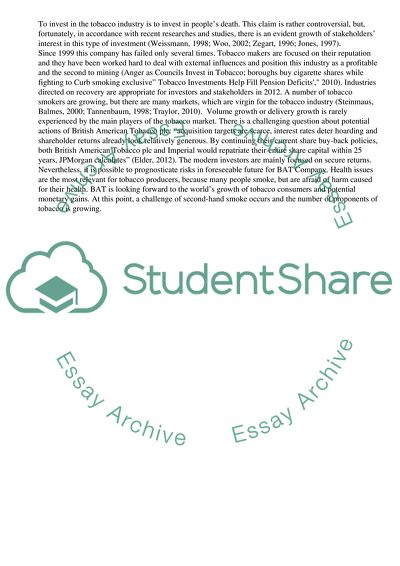Cite this document
(“Not Found (#404) - StudentShare”, n.d.)
Not Found (#404) - StudentShare. Retrieved from https://studentshare.org/management/1775134-risk-management-of-british-american-tobacco
Not Found (#404) - StudentShare. Retrieved from https://studentshare.org/management/1775134-risk-management-of-british-american-tobacco
(Not Found (#404) - StudentShare)
Not Found (#404) - StudentShare. https://studentshare.org/management/1775134-risk-management-of-british-american-tobacco.
Not Found (#404) - StudentShare. https://studentshare.org/management/1775134-risk-management-of-british-american-tobacco.
“Not Found (#404) - StudentShare”, n.d. https://studentshare.org/management/1775134-risk-management-of-british-american-tobacco.


